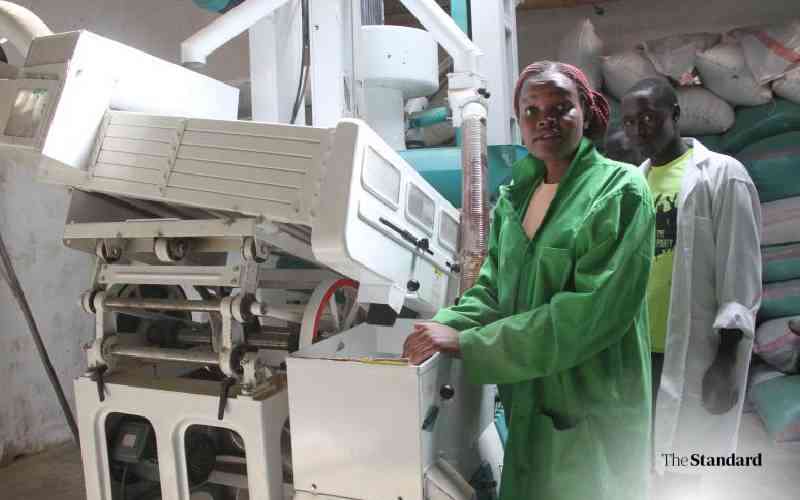Answer to a written question - Eastern Shield - P-001157/2025(ASW)
The serious and persistent nature of the hybrid threats at the Eastern EU border with Russia and Belarus pose new challenges for the whole EU.
It calls also for a strengthened EU response, in full respect of EU and international law, which should be comprehensive, both addressing the threat of potential conventional military aggression and ongoing hybrid activities, including campaigns for weaponising migration and challenging the entire Schengen zone.
The White Paper on the European Defence Readiness 2030[1] acknowledges that the defence of all EU land, air and maritime borders is important, in particular as regards the EU Eastern border. The Eastern Border Shield project is a noteworthy exercise by a number of Member States to confront the growing challenges in that region.
The Commission would consider potential financial support for defence upon Member States request under the future European Defence Industry Programme[2], the Commission has engaged with Member States undertaking national efforts in strengthening EU external borders to explore possible options and the scope of potential support.
The Commission also supports Member States in ensuring strong European integrated border management and effective protection of the EU external borders through the Border Management and Visa Instrument (BMVI)[3]. Activities related to the automated border surveillance systems are a substantial part of Poland’s 2021-2027 BMVI programme.
The EUR 220.5 million allocated to the programme includes funding made available in December 2024 for ‘Enhancing border surveillance capabilities for countries bordering Russia and Belarus’ (currently being added to the programme) and will be increased by EUR 23 million from the mid-term review.
Last updated: 4 July 2025








